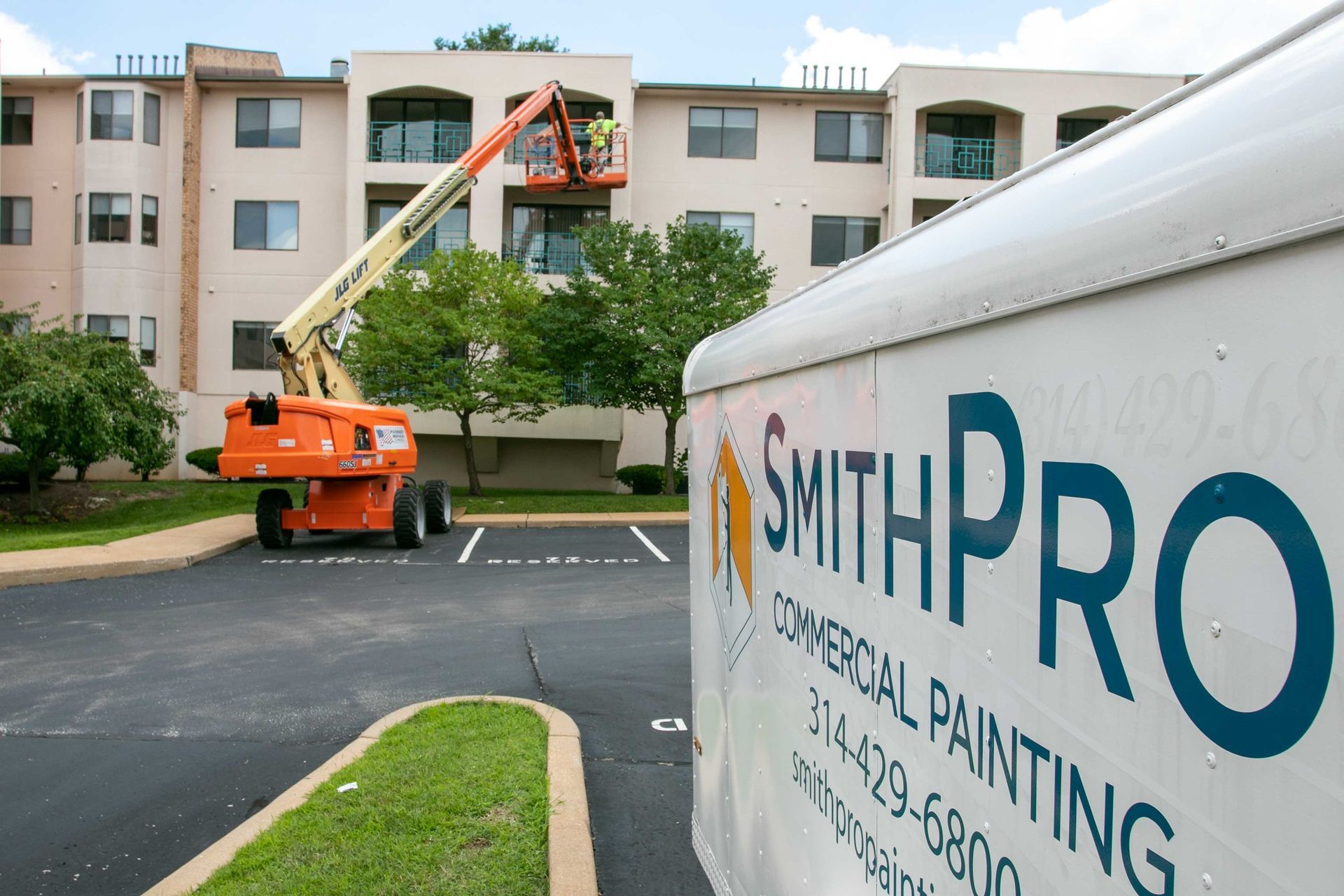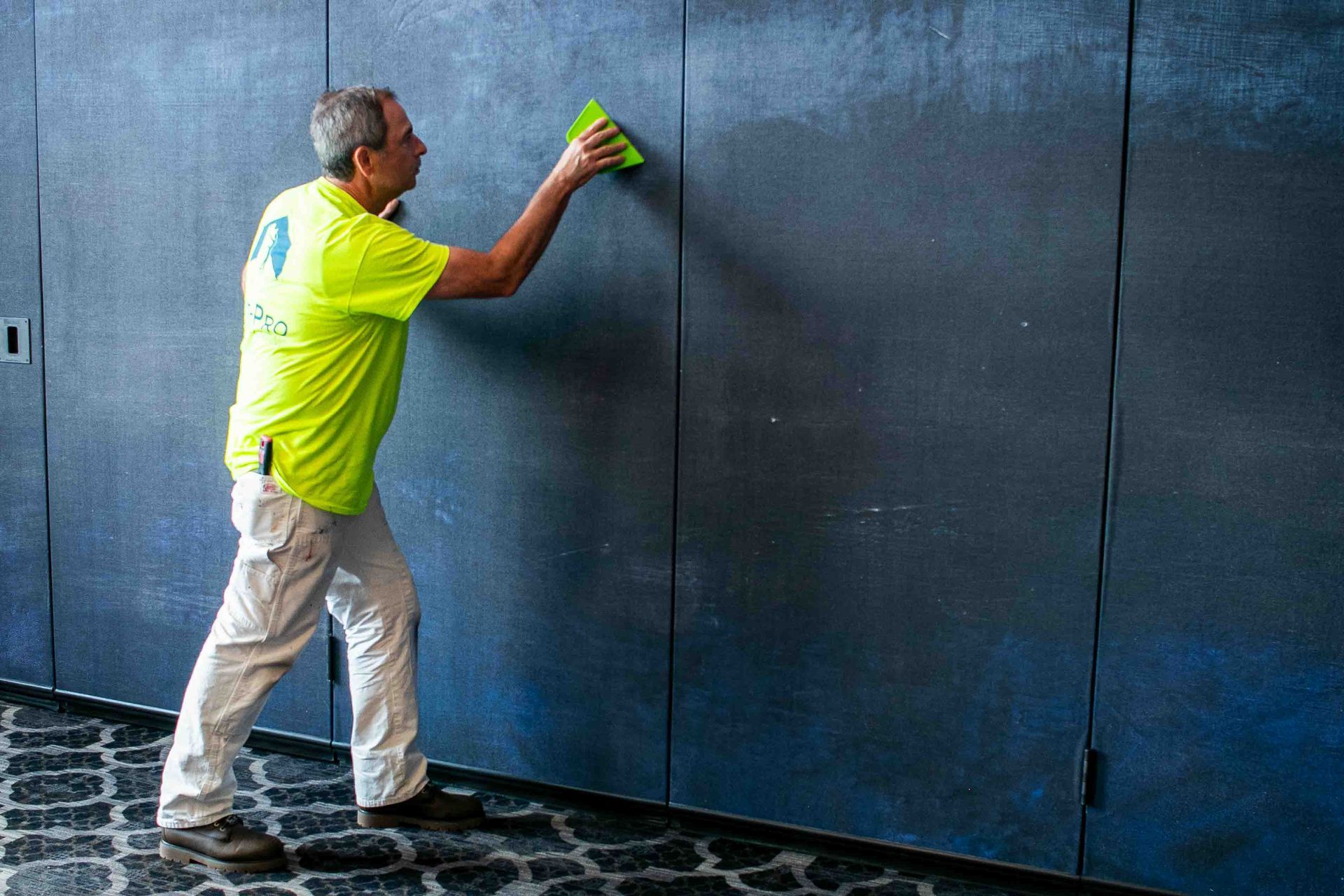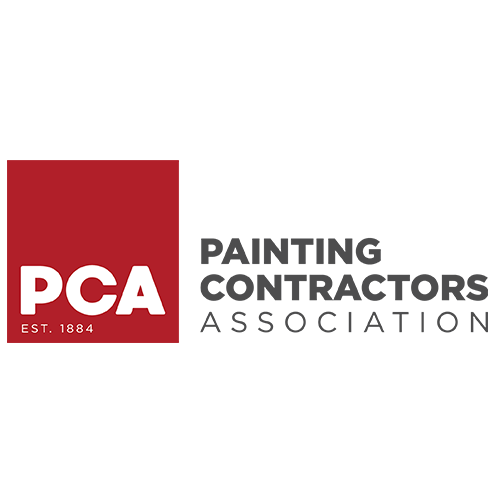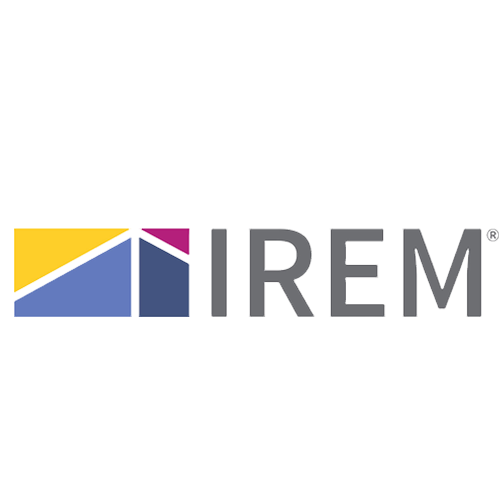When it comes to commercial painting, not all jobs are created equal.
One of the most common questions we get is: What's the real difference between interior and exterior commercial painting?
The answer may seem obvious (outside vs. inside); however, the reality is a little more complex.
While both enhance a space's appearance and functionality, they require different techniques, materials, and planning.
If you're considering a paint job for your commercial property—whether it's a corporate office, retail store, warehouse, or restaurant—it's essential to understand these distinctions so you can make informed decisions that protect your investment.
Let's break down the key differences between interior and exterior commercial painting.
Purpose and Functionality
Interior Painting focuses on aesthetics, branding, and creating a functional and pleasant environment for employees, customers, or tenants. Colors can be selected to match your brand identity, improve employee morale, or enhance customer experience.
Exterior Painting, on the other hand, serves as the first impression of your business. Beyond appearance, exterior paint also serves as a protective barrier against weather, UV rays, pollution, and pests. It has to be tough enough to withstand the elements year-round.
Surface Materials and Preparation
Interior Surfaces typically include drywall, plaster, ceilings, trim, and occasionally surfaces like metal or wood. These surfaces usually require minimal heavy-duty cleaning, though proper patching, sanding, and priming are essential for a flawless finish.
Exterior Surfaces include brick, stucco, concrete, aluminum, wood siding, or even steel. These materials are exposed to more wear and tear, meaning surface preparation is more intensive. Power washing, scraping off peeling paint, caulking gaps, and treating mildew are often part of the prep work.

Type of Paint and Coatings Used
This is where the difference really becomes clear.
Interior Paints are formulated for easy cleaning, low odor, and smooth finishes. Low-VOC or no-VOC paints are commonly used in commercial settings to ensure air quality. These paints are designed to be durable but also safe for enclosed environments where ventilation might be limited.
Exterior Paints need to be weather-resistant and durable. They must withstand sunlight, rain, temperature fluctuations, and pollution. These paints are typically thicker, contain stronger resins, and may include mildew-resistant additives. Due to exposure to the elements, they often take longer to dry and cure.
Project Timeline and Scheduling
Interior Painting Projects are usually more flexible and can often be done in phases or outside of business hours to avoid disrupting operations. Some jobs may even be completed during off-hours or weekends.
Exterior Painting Projects are more dependent on weather conditions. Rain, humidity, or extreme temperatures can delay timelines or affect the quality of the job. Proper planning and timing (usually spring through fall) are essential to ensure a long-lasting exterior finish.
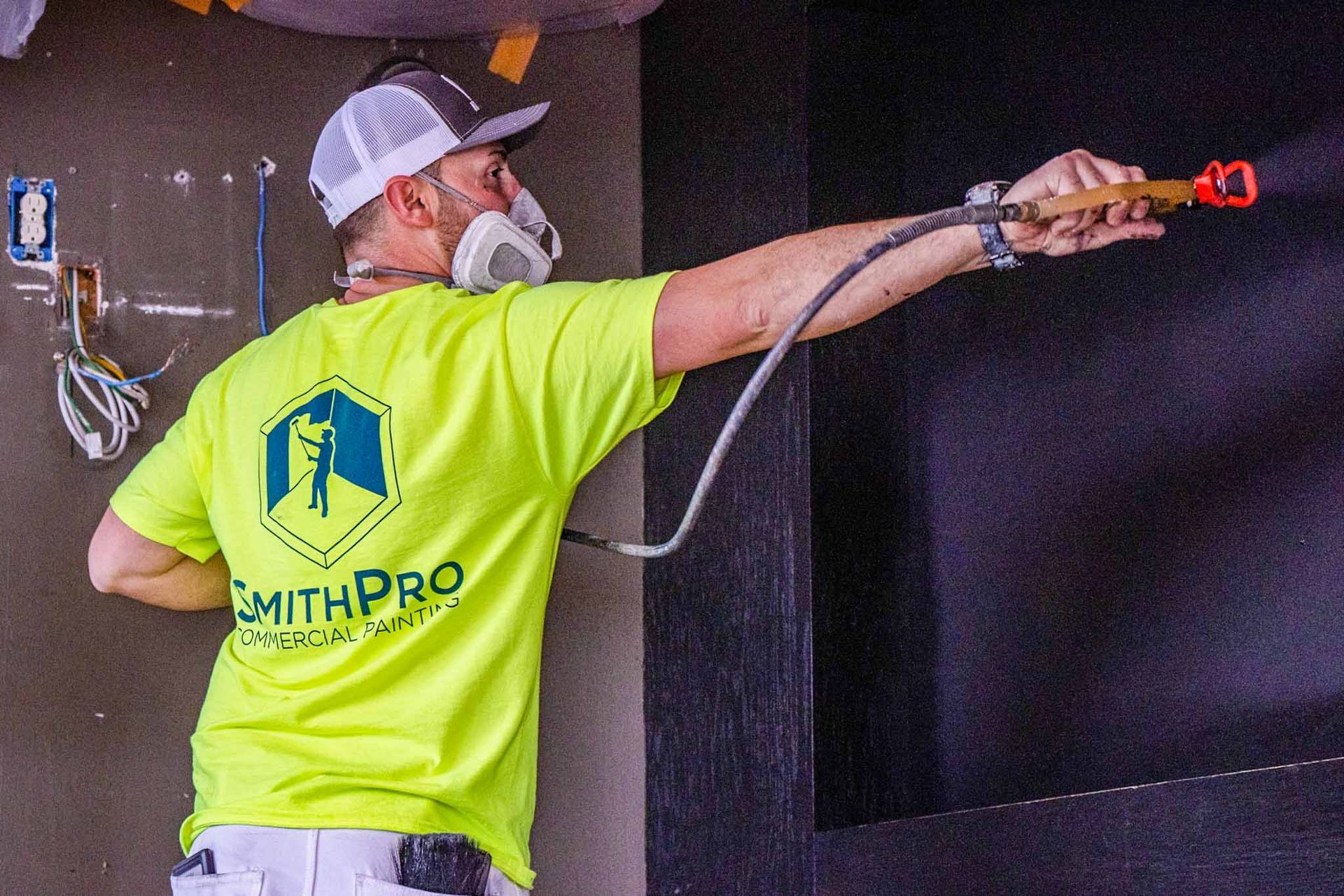
Equipment and Techniques
While both types of projects use standard painting tools like brushes, rollers, and sprayers, the scale and requirements differ.
Interior Painting often requires fine detail work, such as cutting around trim, painting ceilings, or working around furniture and fixtures. Drop cloths, masking tape, and dust control measures are commonly used.
Exterior Painting usually involves the use of ladders, scaffolding, boom lifts, and sometimes even pressure washers. Safety equipment is also critical, especially for multi-story commercial buildings.
Regulatory and Safety Concerns
Interior Work may require compliance with indoor air quality standards, especially in schools, hospitals, and office buildings. Using low-VOC or zero-VOC products is often mandated or recommended.
Exterior Work must comply with EPA regulations, particularly when dealing with lead-based paint on older buildings. Safety regulations around scaffolding, worker harnesses, and public access during painting are also important considerations.
Cost Considerations
Generally, exterior painting projects tend to be more expensive than interior projects due to the scale, materials used, and complexity of preparation. However, this can vary depending on the size of the building, the type of surfaces, and access requirements.
Interior painting may involve more intricate detail work, which could be affected by how much prep work or furniture moving is needed. The cost also depends on whether the painting is done during business hours or after hours.
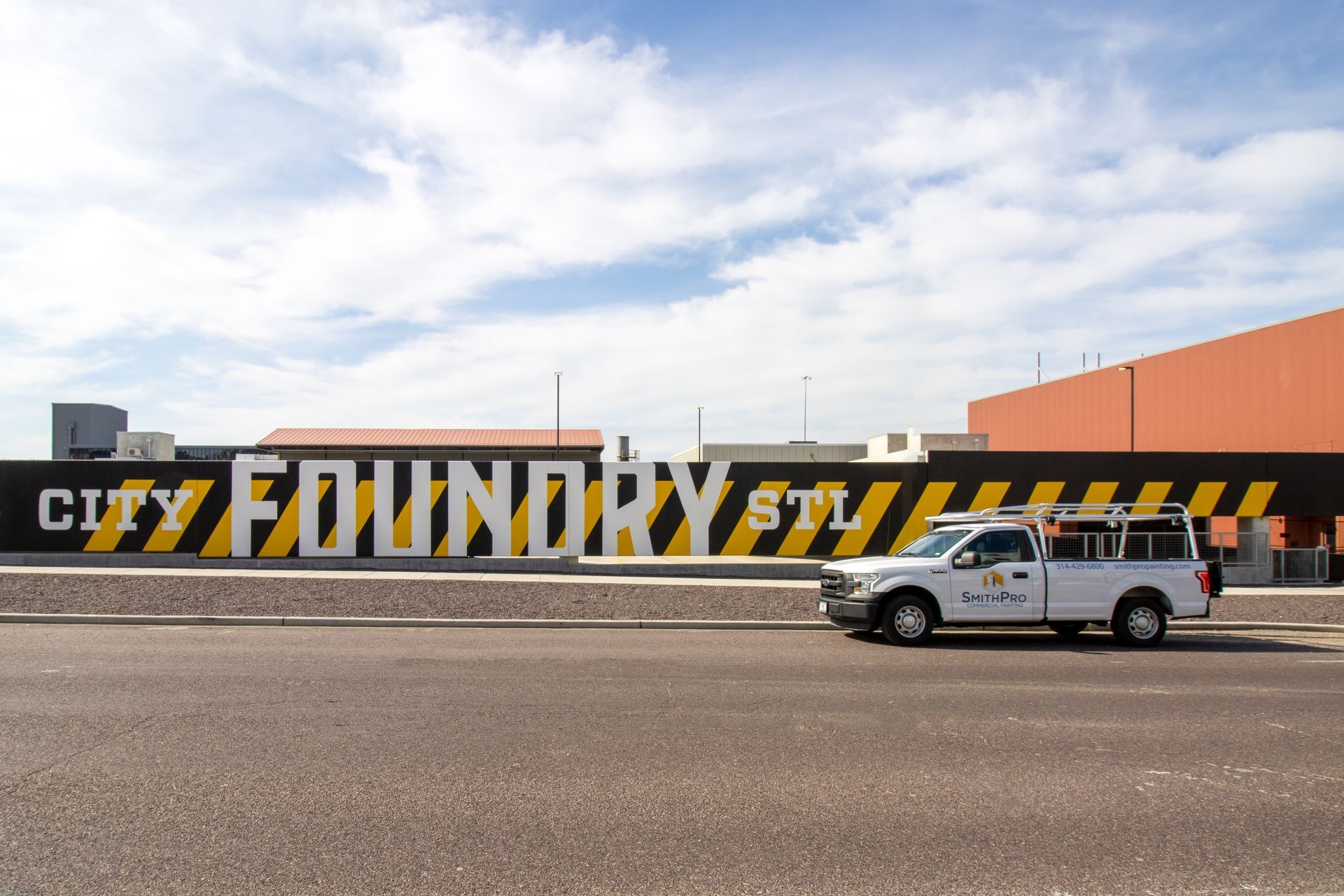
Connect With SmithPro Commercial Painting
Both interior and exterior commercial painting require skilled planning, quality materials, and professional execution.
Understanding the differences between the two will help you make smarter choices for your property and ensure that your investment holds up over time, visually and structurally.
At SmithPro Commercial Painting, we specialize in both interior and exterior commercial painting. Our experienced team is committed to delivering high-quality results with minimal disruption to your operations.
Whether you're refreshing your office interiors or protecting your building's exterior, we're here to help.
Ready to start your next commercial painting project?
Contact us today!


